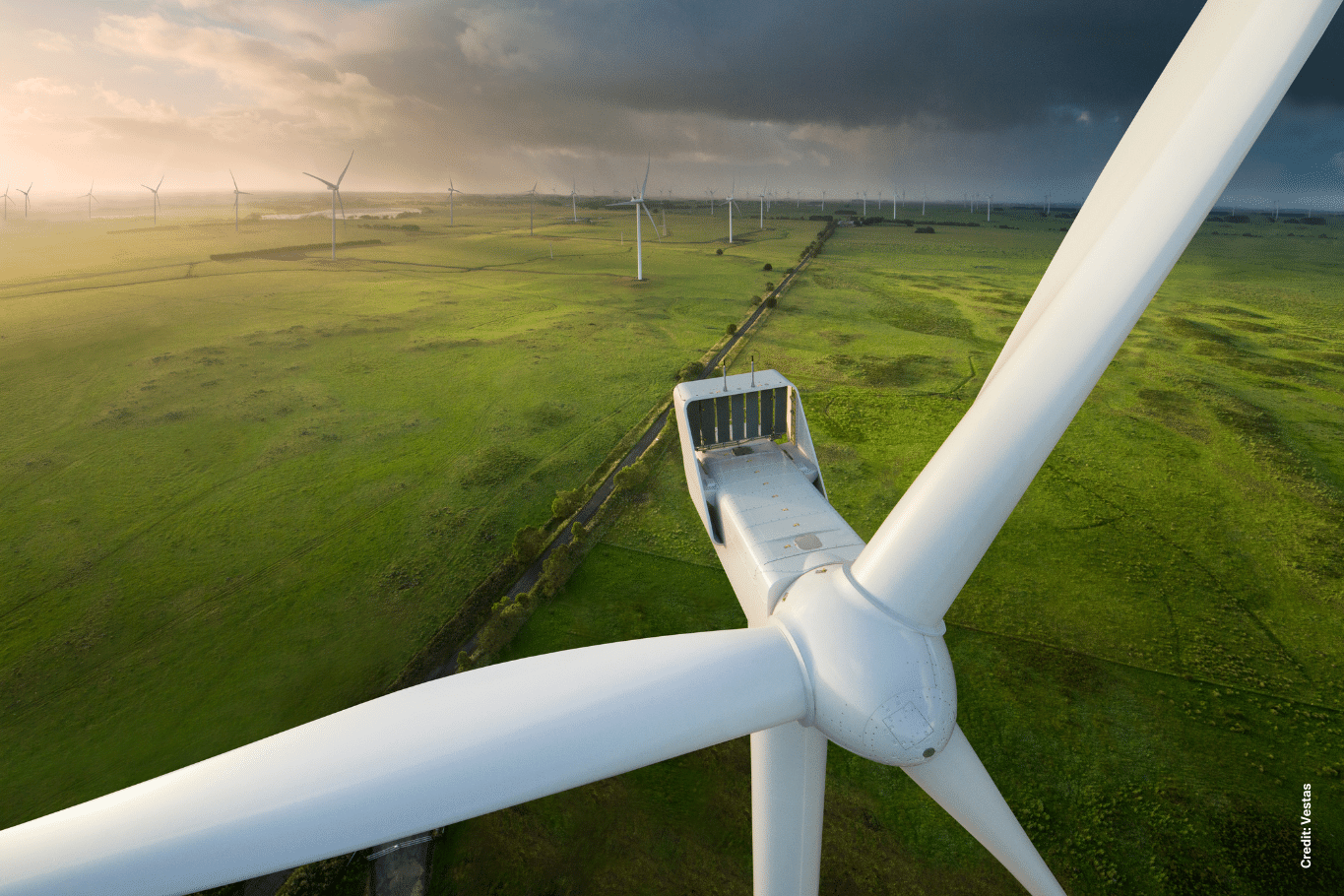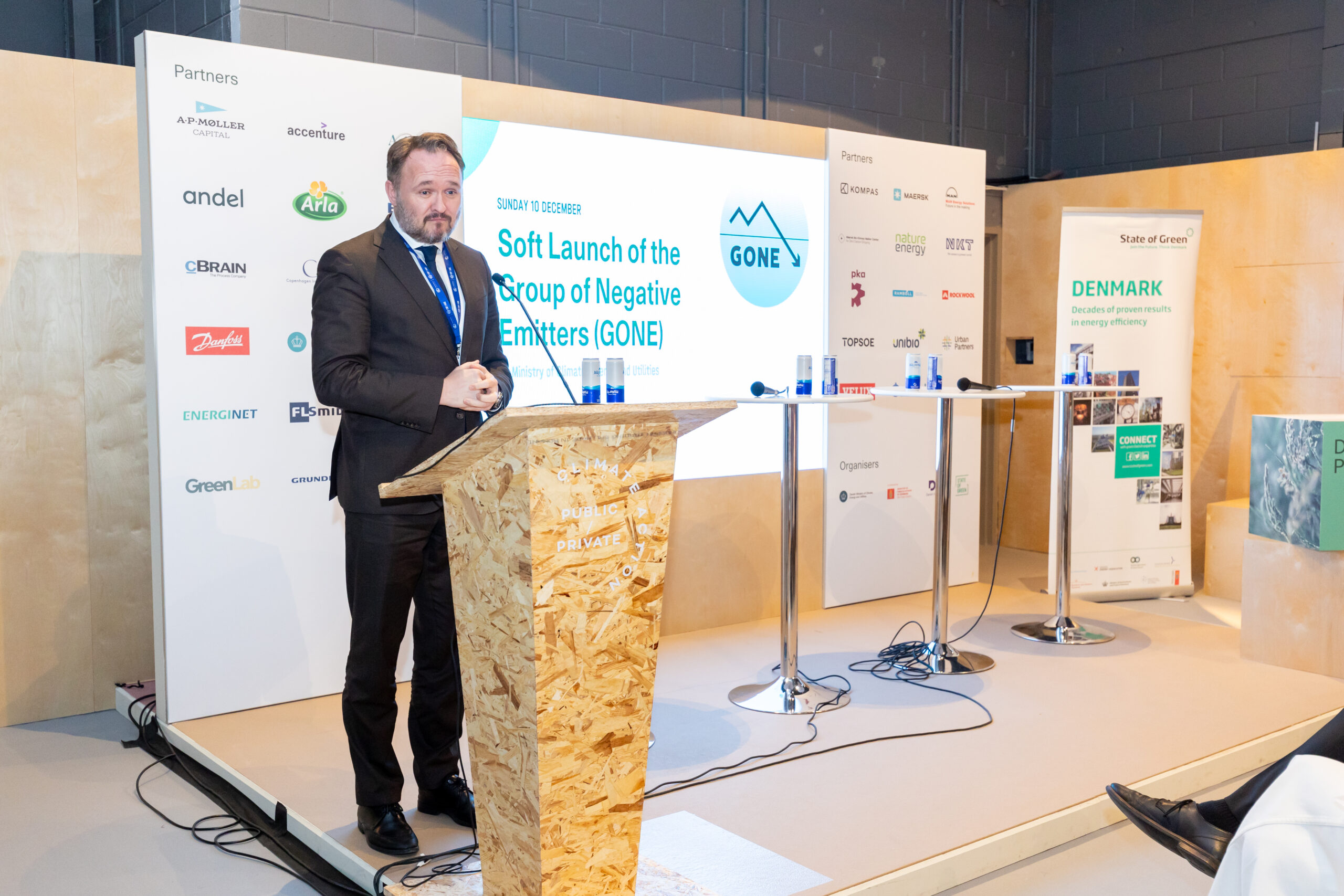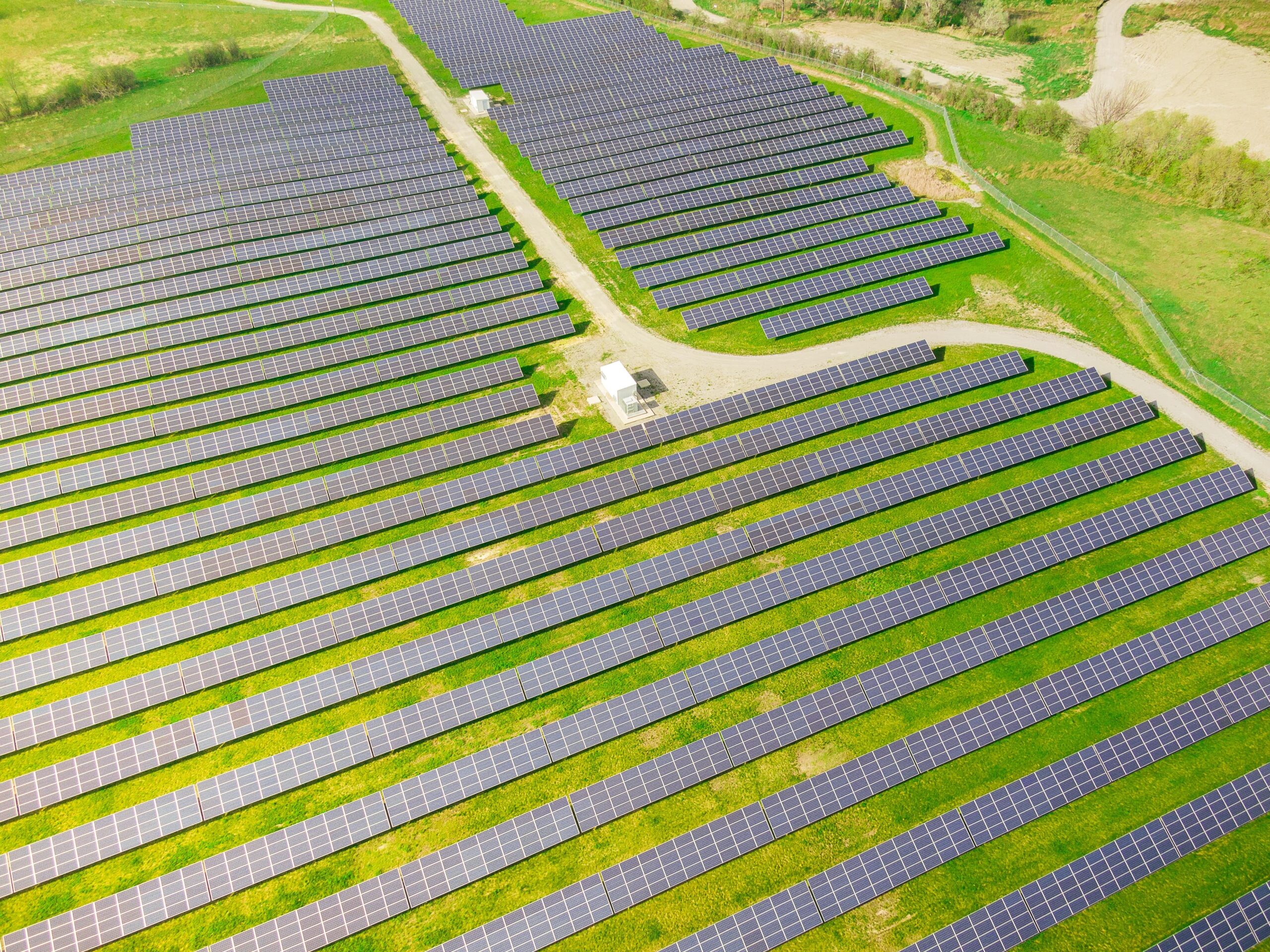CO2 emission reductions
2023 was also a year for CO2 emissions from energy consumption to decrease 4.8%, and overall energy consumption to decrease by 1.1% compared to the year before. The drop in emissions was mainly due to a decrease in coal usage by 35% and natural gas usage by 2.7%.
Denmark’s energy self-sufficiency rate in 2023 was 59%, a slight decrease compared to 2022, as the decline in the production of crude oil and natural gas was only partially offset by the increase in renewable energy production.
Renewable energy dominance in numbers
The Danish Energy Agency’s preliminary energy statistics for 2023 offer a glimpse into Denmark’s energy landscape, highlighting significant developments. Key takeaways from these statistics include notable advancements in renewable energy adoption, particularly in wind power generation, as well as progress towards Denmark’s 2030 climate targets.
These takeaways consist of:
- The gross energy consumption, adjusted for fuel consumption related to net electricity imports and temperature variations, decreased by 0.7% in 2023. Coal and natural gas consumption decreased by 20.8% and 0.7% respectively, while renewable energy consumption increased by 2.6%.
- The actual energy consumption decreased by 1.1%. The consumption of coal, natural gas, and oil decreased by 35.0%, 2.7%, and 0.4% respectively, while the consumption of renewable energy increased by 1.6%.
- The total energy production decreased by 1.0% compared to 2022. This is because the production of crude oil and natural gas decreased by 8.3% and 3.2% respectively, while the production of renewable energy increased by 4.2%.
- The production of electricity from wind and solar energy increased by 6.9% and constituted 63.1% of the electricity supply in 2023. A final assessment of the overall share of renewable energy in the electricity supply will be published in the autumn when the information is available. In a preliminary assessment of biogas consumption, an increase of approximately 11.2% is observed.
- Denmark’s energy self-sufficiency rate was 59% in 2023. This means that Denmark’s energy production last year covered 59% of the energy consumed in the form of crude oil, natural gas, and renewable energy, among others. This represents a slight decrease compared to 2022, as the decline in the production of crude oil and natural gas was only partially offset by the increase in renewable energy production.
Read the original press release from the Danish Energy Agency (in Danish).

















